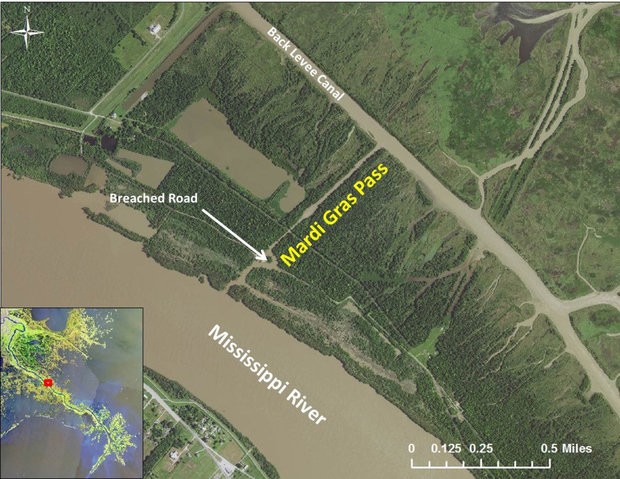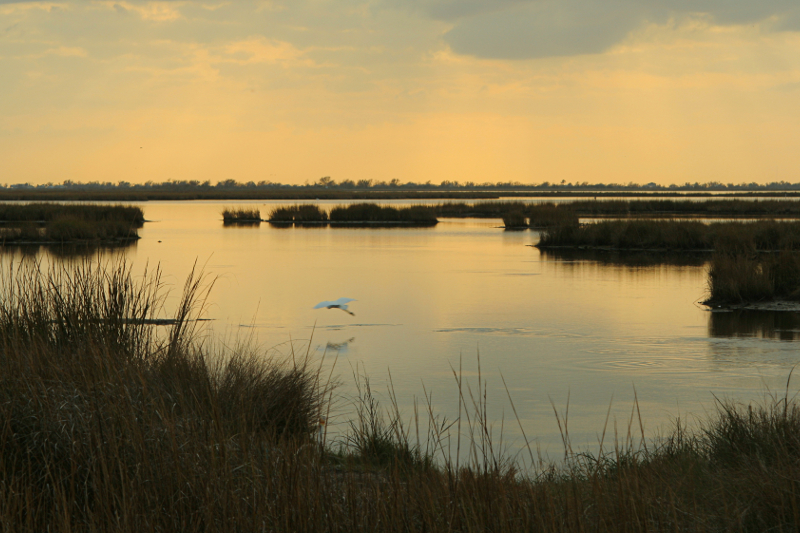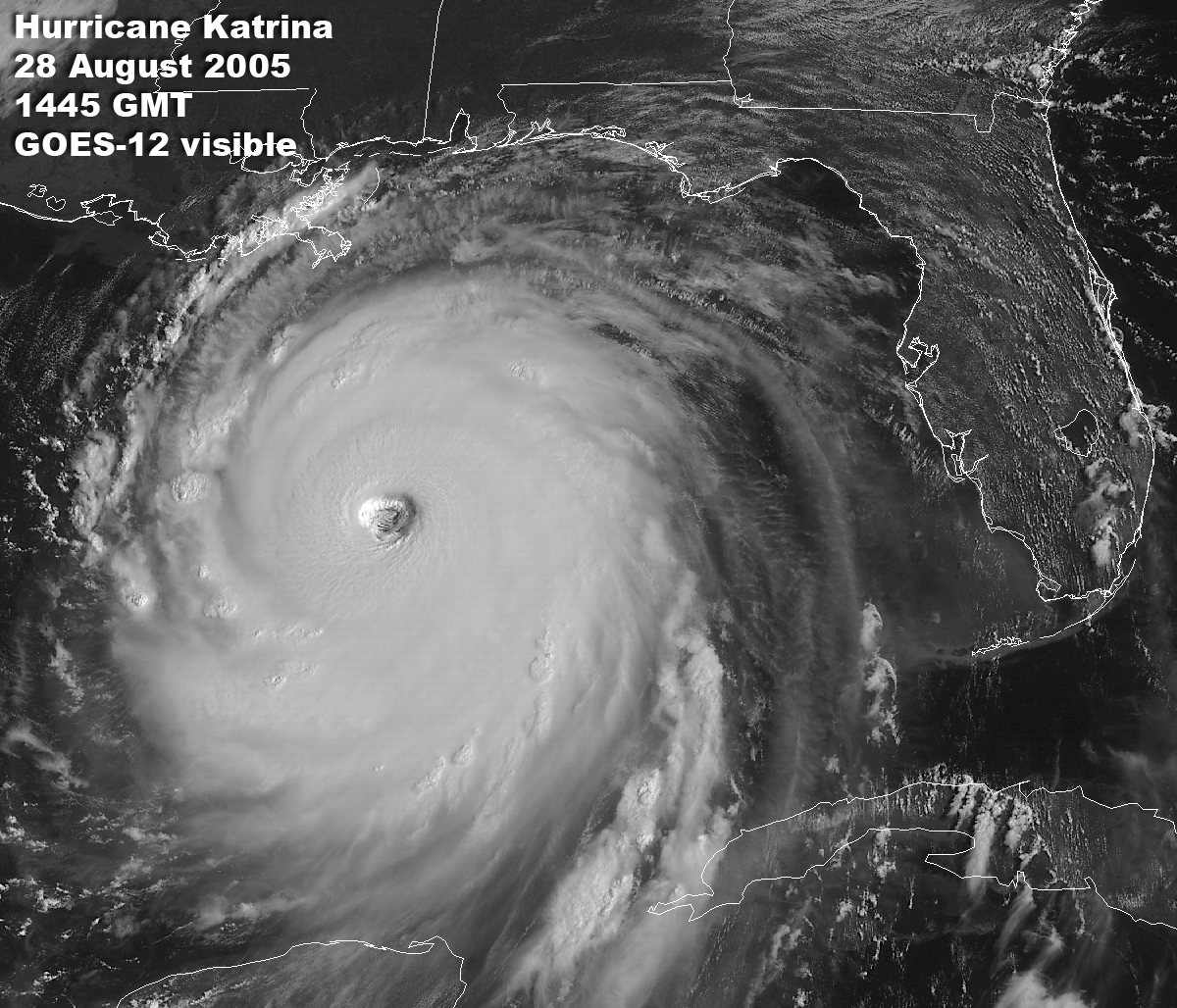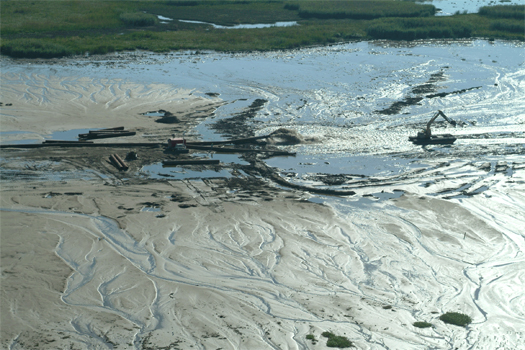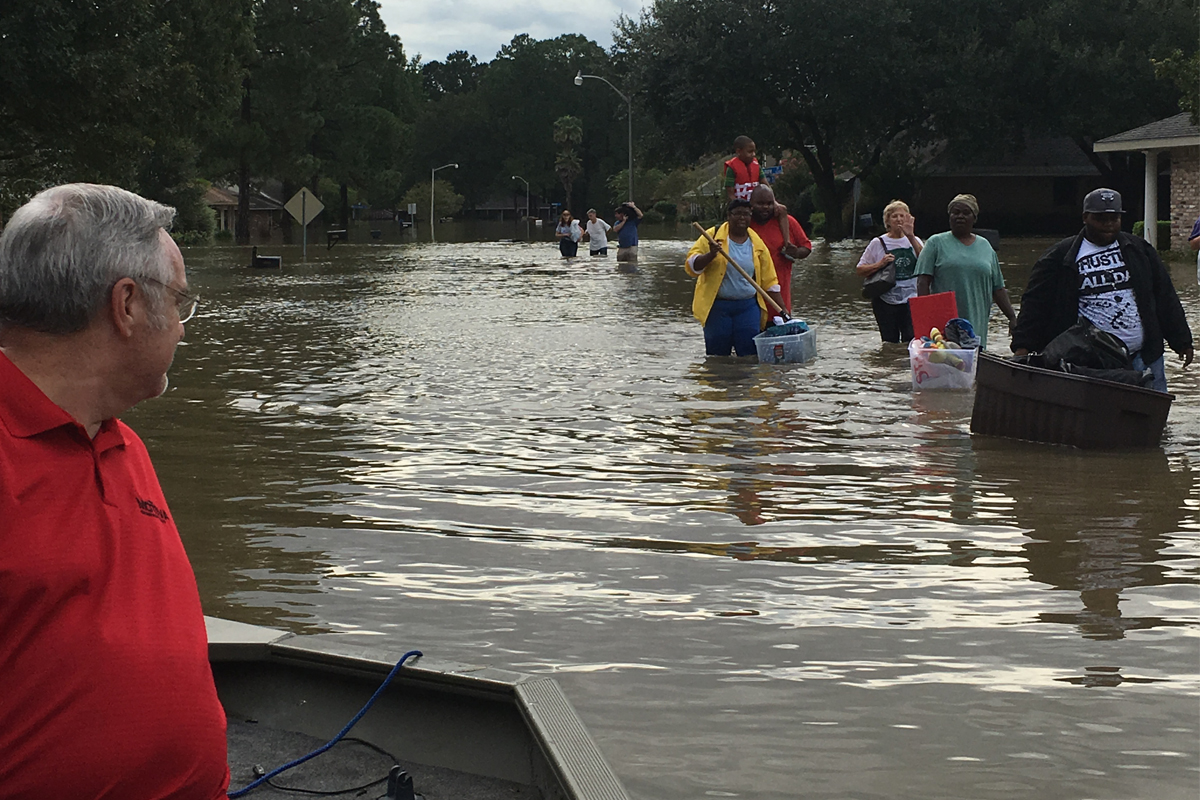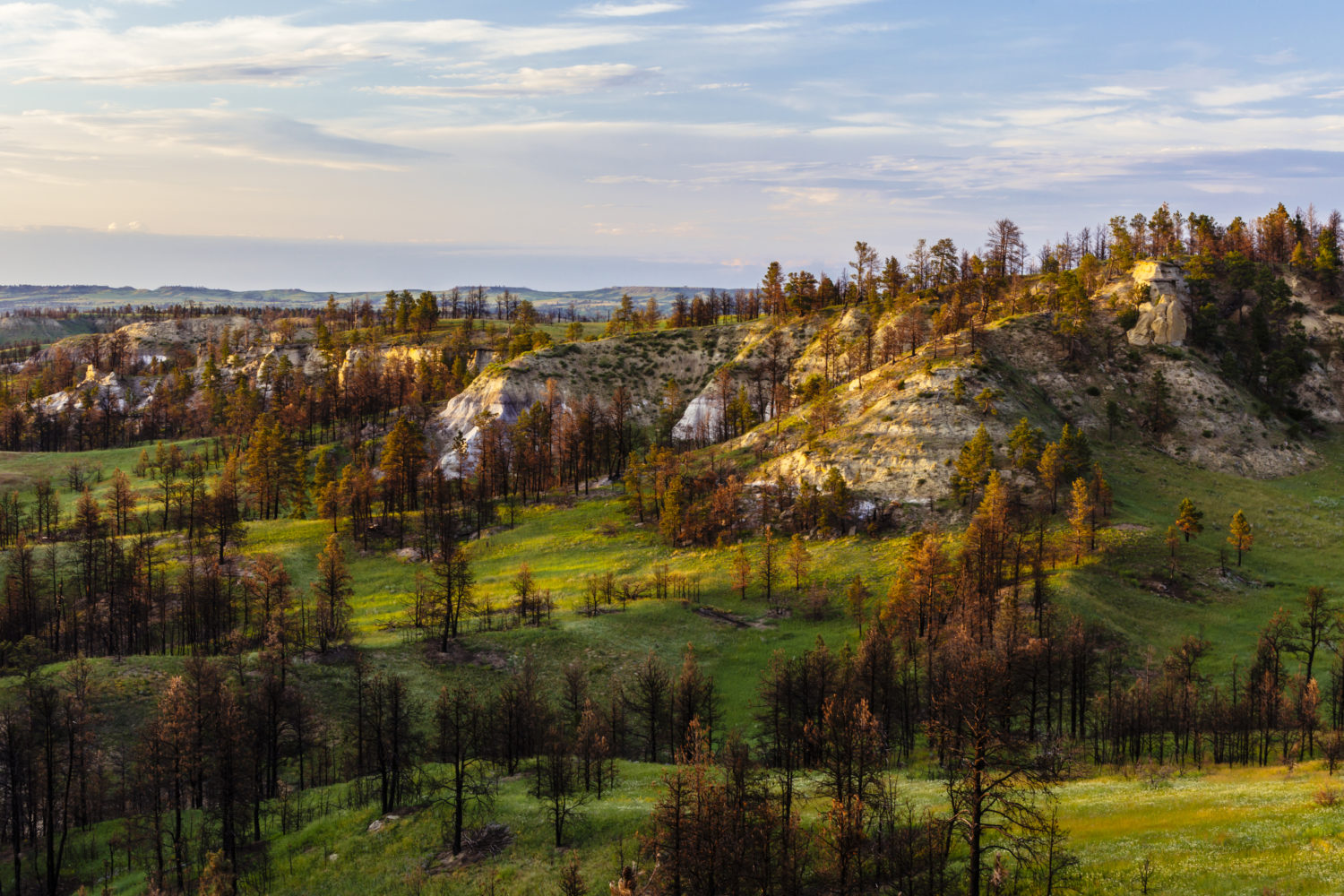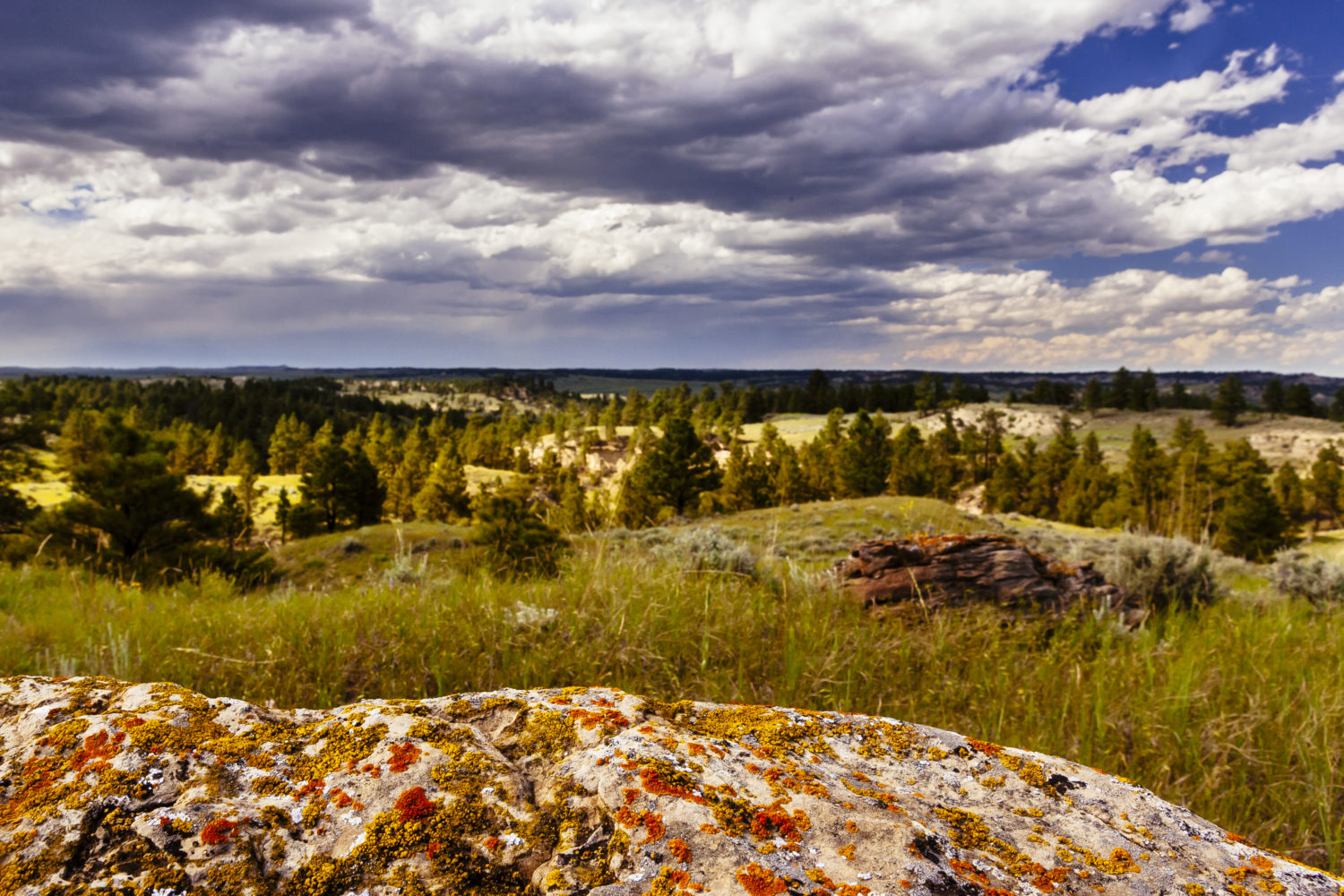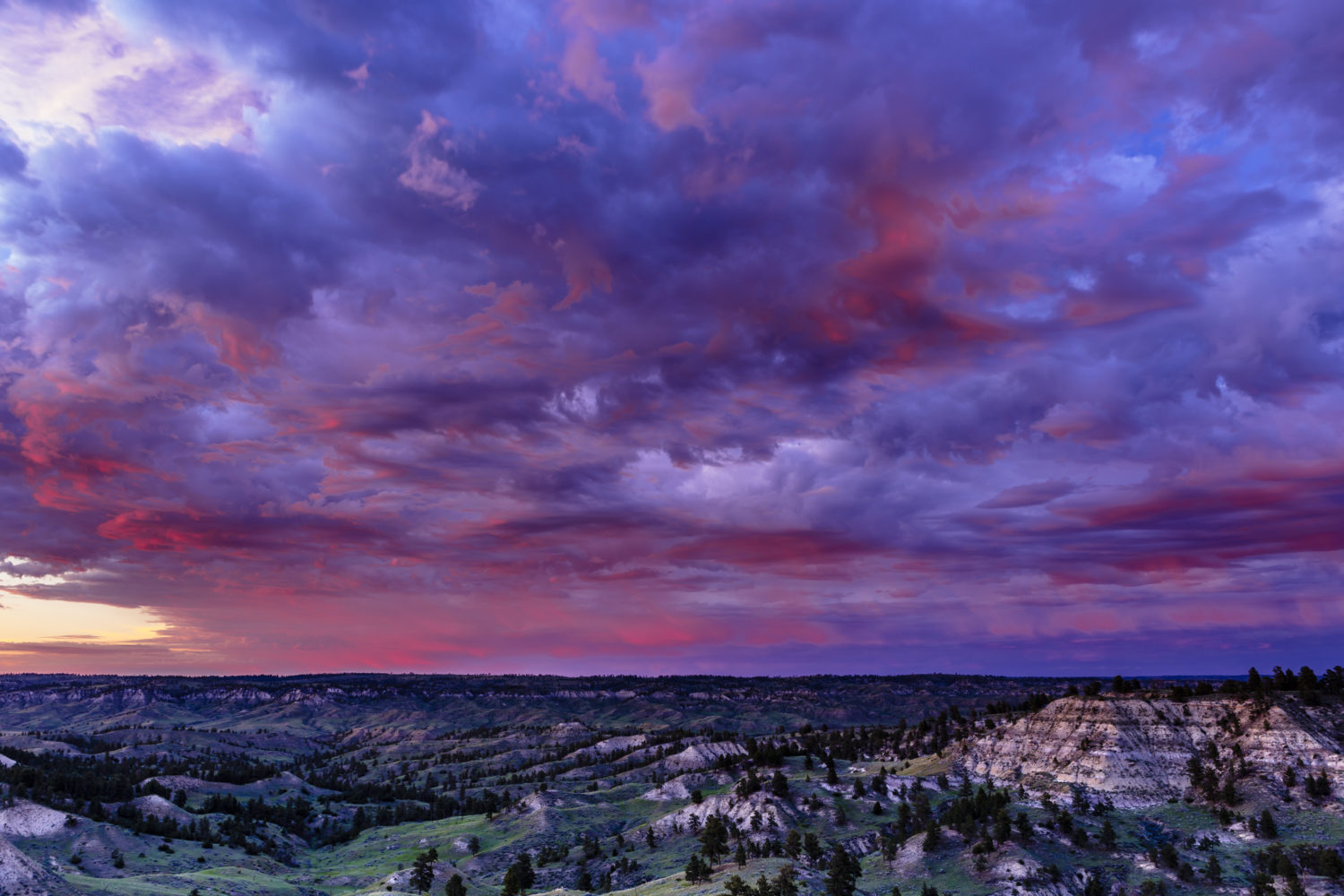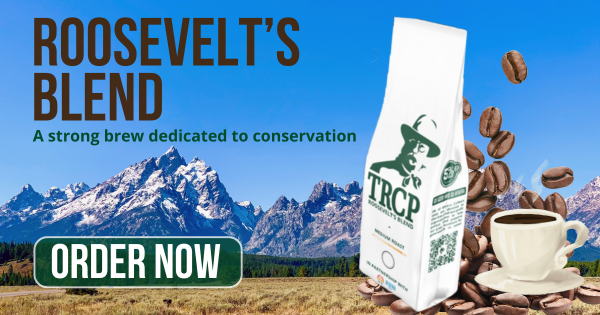You might be surprised just how much impact private land conservation programs and incentives have in a state like New Mexico
We already know that hunters and anglers, regardless of political party, support conservation on private lands: 75 percent agree we should provide financial incentives to farmers and ranchers to implement habitat conservation, and 87 percent do not want to see cuts to conservation programs, in the upcoming 2018 Farm Bill or anywhere else. But it may be surprising to sportsmen and women, even those who support private land conservation generally, just how much of an impact these programs have outside the Corn Belt.
New Mexico, for example, isn’t a state that comes to mind as much as Minnesota, Illinois, Iowa, or even the Dakotas, when it comes to on-farm conservation needs. You might picture my home state, instead, as a mosaic of different kinds of public lands, but I’m learning that we have plenty at stake in the 2018 Farm Bill debate.
I recently attended a listening session on Farm Bill topics with staffers from the office of New Mexico Representative Lujan Grisham, who serves on the House Agriculture Committee. In that meeting, on behalf of TRCP and the partners in our Agriculture and Wildlife Working Group, I shared some of the recommendations we’ve arrived at as a community and highlighted three ways the next Farm Bill can be beneficial to New Mexico’s agricultural producers, sportsmen, and overall economy.
Access and Habitat
Nothing will serve sportsmen’s access needs better than boosting the Voluntary Public Access and Habitat Incentive Program, which provides competitive block grants to state agencies and tribal governments to fund recreational access and habitat improvement programs on private lands. State and tribal agencies then use this funding to compensate and provide technical and conservation services to landowners who voluntarily open their land to the public for hunting and fishing.
By offering grants to states to create or improve walk-in access programs, VPA-HIP is the only federal program that incentivizes public hunting and fishing access on—or right-of-way access through—private lands. The program has been reauthorized twice now, yet New Mexico—despite having an excellent Open Gate Program—has never received a grant. VPA first needs to be reauthorized and then we’d like to see $150 million allocated to conservation and access programs over the next five years of the Farm Bill, compared to just $40 million in the current Farm Bill.
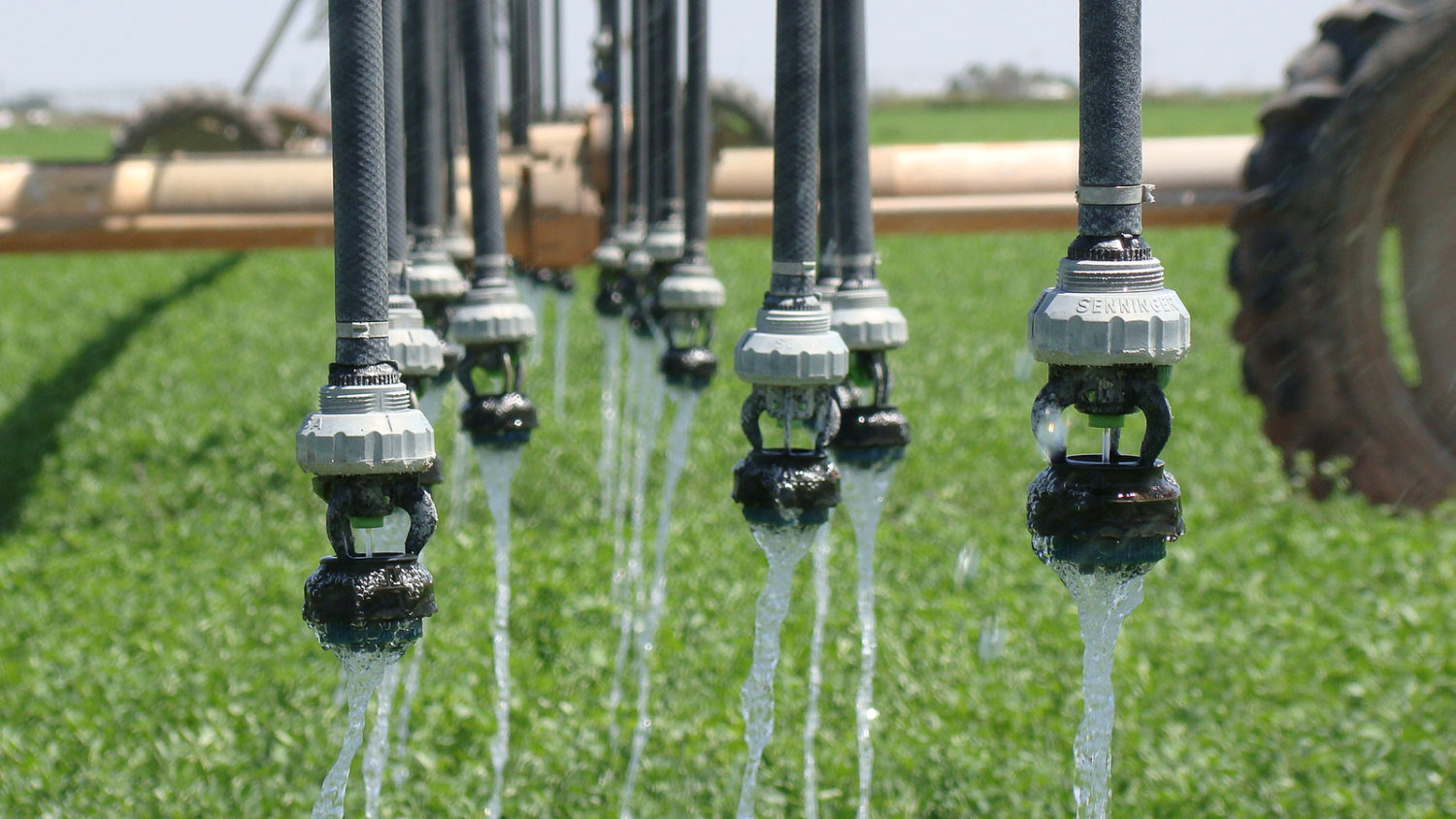
CRP Works Here, Too
The Conservation Reserve Program has helped restore wildlife habitat and improve thousands of waterways nationwide since the program’s inception. CRP acres in the Northern Plains make up a vital share of nesting habitat for more than half of North America’s waterfowl, and CRP is helping landowners to voluntarily restore and supplement sage-grouse habitat across the West, providing much needed aid to a species in decline. Whitetail deer, black bears, pheasants, quail, wild turkeys, and countless other game species have also rebounded thanks to the conservation of millions of acres of grasslands and buffers through CRP.
The impact CRP has on water is especially notable, particularly in parched states like New Mexico. Through smart land-management decisions—like the installation of waterway buffers in riparian areas—CRP protects more than 170,000 stream miles with naturally filtering trees and grasses. These improvements mean cleaner drinking water, more effective groundwater recharge, and better fish habitat in areas where a little water has to go a long way.
In addition, many farmers, ranchers, and forest owners also open CRP acres to hunters and anglers in their communities. There are nearly 450,000 acres of CRP currently enrolled across 1,300 individual New Mexico farms and ranches. CRP enrollment is a win-win for farmers, ranchers, wildlife, clean water, and sportsmen—that’s why we are committed to telling lawmakers that CRP works. However, there is a nationwide cap of 24 million acres for CRP, which is far below the demand and the need, and we’d like to see that increased to 35 million acres enrolled nationwide.
An increase across the country can only help our numbers here in New Mexico.
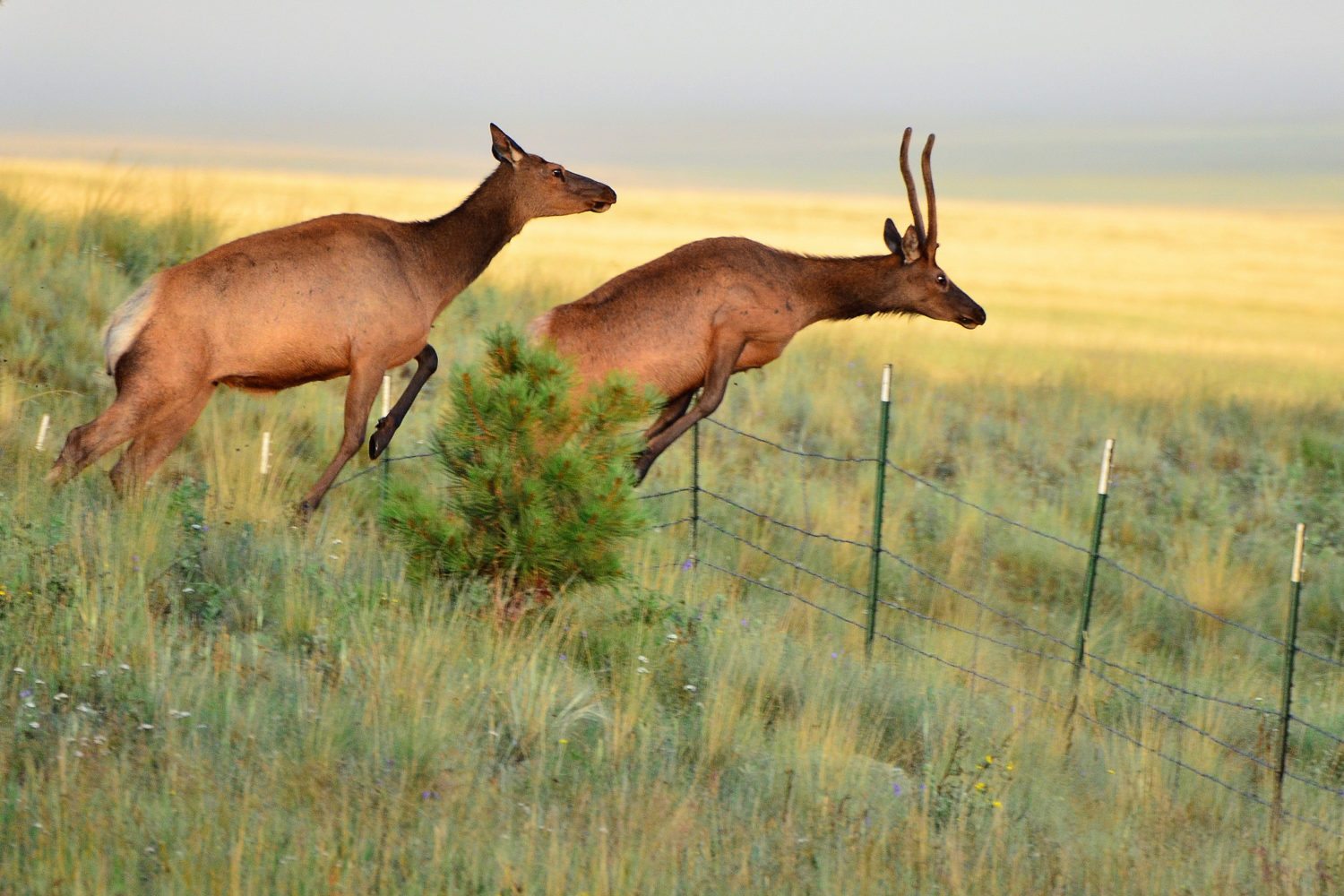
New Mexico’s Favorite
Used for everything from livestock fencing and better irrigation systems to upland bird habitat restoration and invasive species removal, the Environmental Quality Incentives Program is the Farm Bill tool that gets New Mexicans most excited. While at least five percent of overall EQIP spending has to be used on wildlife practices, we’d like to see that requirement doubled to ten percent. Based on current spending, that modification would boost annual nationwide spending for wildlife practices on private lands from around $70 million to $140 million.
And here’s the kicker: New Mexico received $33 million in EQIP funds in fiscal year 2016, which was almost half of the total funds allocated through the Farm Bill. EQIP encourages farmers and ranchers to promote agricultural production and environmental quality as compatible goals, and it helps landowners meet state and federal environmental regulations.
EQIP’s high funding levels have made the program one of the most important tools for wildlife habitat and water quality, and through special initiatives it has helped keep wildlife—such as the iconic greater sage grouse—from being listing under the Endangered Species Act.
Farm Bill at Home on the Range
As you can see, even in a state not known for its agricultural dominance, strong conservation funding in the Farm Bill is vital for the future of New Mexico’s sporting access and wildlife habitat. To see the conservation impact of the Farm Bill where you live, check out these ten maps that show these programs at work across the country.

